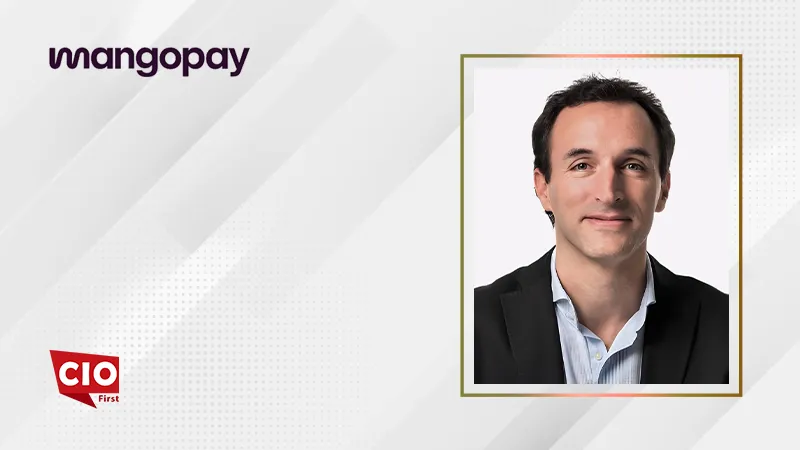Among all the emotional intelligence-related leadership abilities, adaptability is perhaps one of the most crucial. Leaders everywhere are experiencing change and complexity now more than ever before because of the COVID-19 pandemic, which has presented everyone in the workforce with new hardships, conditions, and workplace uncertainties.
While certain abilities are valued as assets in contemporary businesses, others have evolved into necessities. The most important is adaptability. Large enterprises are making major investments in understanding, investigating, and enhancing adaptability: What causes one person, group, or company to adapt but not another?
Generally speaking, adaptability refers to a person’s willingness and capacity to modify their conduct to account for evolving situations or circumstances.
The complexity of adaptability, which depends on elements including a person’s emotional involvement in a crisis or setting, their underlying psychology, and the context in which they function, is a challenge for leaders and firms.
Also Read: Strategies to Modernize Enterprise Resource Planning (ERP) Tech Stack
Organizations need to comprehend and encourage adaptation more than before. According to a McKinsey & Co. prediction, up to 375 million people may need to change careers and learn new skills.
In recent years, industries have been encouraged to adapt to technological advancements. Nevertheless, that pull is growing as realities like The Great Resignation and remote employment force businesses to modify the methods in which they interact with and relate to their customers and staff.
For effective leadership, it is essential to comprehend the following four aspects of adaptability.
Traits
Some aspects of adaptability depend on a person’s innate characteristics. Some people, for instance, are incredibly resilient, whether as a result of their natural psychological makeup (nature) or experiences that have allowed them to appreciate their potential (nurture) more thoroughly. Hardy people are more likely to be able to cope with the difficulties of adaptation and may even view them as tremendous growth opportunities.
Adaptive thinking
Effective interpretation of change is a requirement for adaptability, and the first step is admitting that change has taken place. The most important components of the transition are then addressed by successful adaptable leaders, such as how a new vision will generate new markets, competitors, and organizational positions.
Also Read: Top Three Strategies to Prevent Developer Burnout in the IT team
Other crucial indicators of cognitive flexibility include the capacity to foresee how a change will affect an organization’s operations, to develop alternate plans, or exhibit divergent thinking. Leaders who excel in this area of adaptability are skilled at working across boundaries, can think about how a change will affect both themselves and other members of the organization, and can effectively communicate that information.
Preferences
Other aspects of adaptability depend on an individual’s innate inclinations. The Introversion/Extroversion preference, which describes how people prefer to engage with the environment around them, is a frequent example. Firms must remember that some people will like going through changes alone or in small groups. Others, on the other hand, might prefer to try new things in a bigger group or with a lot more interaction.
Environment
While a person’s traits and preferences play a significant part in determining how adaptable they are, the environment in which they survive and work also has a big impact. Even the most resistant to change may be willing to adapt in the appropriate circumstances; on the other hand, even the most adaptable among everyone will choose to play it safe in the wrong circumstances.
Understanding the concept and determining the areas that need improvement are the keys to maximizing emotional intelligence. The same is true of AQ. Leaders must first master the components of adaptability and comprehend what makes one individual adaptable while another is not in order to foster adaptable behaviors in others. Additionally, they must never assume that their method of adaptability or the way they perceive their workplace is the same as those of others.

























